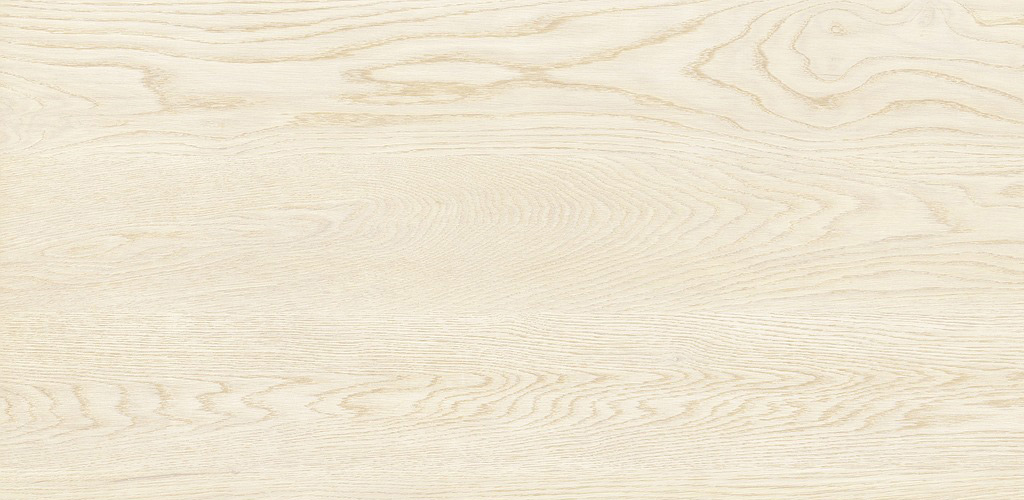If you’re in the market for wooden furniture, you may have come across Linden wood as an option. However, if you’re not familiar with the characteristics of different types of wood, you may be hesitant to invest your money in Linden wood furniture. In this article, we’ll explore the qualities and advantages of Linden wood and help you decide if it’s the right choice for your furniture needs. We’ll also compare Linden wood with other popular types of wood used in furniture making, so whether you’re a first-time furniture buyer or a curious consumer, keep reading to learn more.
Table of Contents
What is Linden wood?
Linden wood, also known as basswood, is a light and soft wood that comes from the Linden tree, which is native to Europe and North America. It is a popular choice for carving due to its fine grain and lack of knots.

Linden wood is commonly used for making musical instruments such as guitars and pianos, as well as for carving sculptures and ornamental decorations. Linden wood is typically less expensive than other types of hardwoods, making it an appealing option for furniture makers. In the furniture industry, Linden wood is generally viewed as a good choice for furniture that requires carving or intricate designs. However, it may not be as durable as other hardwoods and may not hold up as well in high-traffic areas or with heavy use.
Advantages of using Linden wood for furniture
Let’s look at all the advantages of using linden wood for furniture:
1. Easy to craft furniture
Linden wood is a soft and lightweight wood that is easy to work with, making it an ideal choice for furniture makers who need to carve, shape, or create intricate designs on their furniture pieces.
2. Fine and consistent grain
Linden wood has a fine, consistent, and even grain that gives it a smooth and uniform texture. This makes it ideal for creating furniture with a sleek and refined appearance.
3. It’s a low-cost option
Linden wood is an excellent option for furniture makers who wish to keep their prices down without compromising quality because it is reasonably inexpensive compared to other hardwoods.
4. Suitable for a variety of furniture items
Linden wood is versatile and can be used for a variety of furniture pieces, including chairs, tables, dressers, and cabinets. It can also be used to carve ornate designs.
5. Great for Painting and Staining
Linden wood takes paint and stain well, allowing furniture makers to achieve a variety of finishes and colors. Its uniform grain also makes it an excellent choice for painted finishes that require a smooth and even texture.
6. It’s a sustainable wood
Linden wood is a sustainable choice for furniture making because it is a fast-growing tree that is abundant in many regions of the world. Using Linden wood to make furniture can help to decrease the environmental consequences of the manufacturing process.
Disadvantages of using Linden wood for furniture
Here is why you may not want to use Linden wood for furniture:
1. Linden wood is soft
Linden wood is a soft wood, which means that it can be prone to dents, scratches, and other forms of damage. It may not be as durable as harder woods like oak or maple and may not hold up as well over time.
2. It has limited strength
Due to its softness, Linden wood may not be suitable for furniture pieces that require a high degree of strength or load-bearing capacity. It may be more vulnerable to breakage under stress.
3. Linden is prone to attack by insects and pests
Compared to certain other hardwoods, Linden wood is less durable against insect infestation and decay, implying that it might need more regular maintenance and attention to preserve its quality over an extended period.
4. Limited availability
While Linden trees are abundant in many regions of the world, the wood may not be as readily available as some other hardwoods, which could make it more expensive or difficult to source.
5. Linden wood stains easily
While Linden wood is great for painting and staining, it can also absorb stains and other liquids easily. This implies that spills or other mishaps could leave the furniture permanently stained. However, you can prevent this by applying protective layers on furniture.
Comparison of Linden wood with others
Let’s compare Linden wood against some of the popular woods used in the furniture industry:
Linden wood vs Oak
Linden wood is softer and less dense than oak, making it easier to carve and work with. Oak has a more prominent grain pattern and is more durable, making it a popular choice for furniture and flooring. Linden wood is an economical option for intricate carvings and smaller-scale woodworking projects.
Linden wood vs Teak
Teak is denser and heavier than linden wood and has rich natural oil content, making it resistant to water and rot. Linden wood is lighter and easier to work with, but is less resistant to insects and decay than teak. Teak is often used for outdoor furniture, while linden wood is primarily used for indoor decorative pieces.
Linden wood vs Maple
Maple is a harder, more durable wood than linden wood, making it a popular choice for furniture and cabinetry. However, maple is more difficult to carve and has a less uniform texture than linden wood. Linden wood is a good option for intricate carvings and decorative elements.
Linden wood vs Kekar
Kekar wood is denser and heavier than linden wood, and it has a distinct reddish-brown color and grain pattern. Kekar is more expensive than linden wood and is often used for luxury furniture and decorative items. Linden wood is an affordable option for smaller-scale woodworking projects and carvings.
Linden wood vs Pine
Compared to linden, pine has a more distinct grain pattern and is softer. Linden wood is easier to carve and has a more uniform texture than pine, making it a popular choice for decorative elements and carvings. Pine is often used for less intricate furniture pieces and cabinetry.
Linden wood vs Cedar
Cedar is a lightweight wood with a distinct aroma and natural resistance to insects and decay. Linden wood is softer and less durable than cedar but is easier to carve and has a smoother texture. Cedar is often used for outdoor furniture and construction, while linden wood is primarily used for indoor decorative pieces.
Linden wood vs Cherry
Cherry is a dense, durable hardwood with a warm reddish-brown color and smooth grain pattern. Linden wood is softer and less durable than cherry but is easier to carve and has a more uniform texture. Cherry is often used for high-end furniture and cabinetry, while linden wood is an affordable option for smaller-scale decorative pieces and carvings.
FAQs about Linden Wood Furniture
Here are the questions you probably have in your mind right now:
What color is Linden wood?
Linden wood typically has a pale, creamy-white to light brown color with subtle, sometimes barely noticeable grain patterns. The color of linden wood can vary slightly depending on the species, growing conditions, and age of the tree. When freshly cut, linden wood can have a slightly greenish tinge, but it typically lightens to a pale hue with exposure to sunlight and air. It is a popular choice for carving due to its smooth and uniform texture.
Is Linden wood easy to maintain?
Linden wood is generally easy to maintain, but it does require regular attention to preserve its quality over time. It is important to keep it clean and dry, avoid direct exposure to sunlight and high humidity, and apply a protective finish to prevent moisture from penetrating the surface. With proper care and attention, linden wood can remain in good condition for many years and continue to provide a smooth and uniform texture for carving and other woodworking projects.
How long does Linden wood last?
The lifespan of linden wood can vary depending on factors such as the growing conditions, the level of exposure to the elements, and how well it is maintained over time.
Generally, linden wood is less durable than some other hardwoods and is more susceptible to insect infestation and decay. With adequate care and maintenance, linden wood can remain in good condition for many years, especially if it is utilized for indoor woodworking projects or decorative purposes.
Is Linden wood cheap or expensive?
Linden wood is generally considered an affordable option compared to other types of hardwood. Its popularity among woodcarvers and artisans means that it is readily available in many regions. Hence, it is not difficult to find suppliers who offer linden wood products. The cost of linden wood can vary depending on factors such as the quality of the wood, the size of the piece, and the supplier. However, in general, linden wood is an economical choice for many woodworking projects.
What is Linden wood used for?
In furniture making, linden wood is often used for carving intricate designs and decorative elements such as moldings, rosettes, and ornamental appliques.
It is also used for crafting chairs, cabinets, and other small-scale furniture items. Due to its lightweight and uniform texture, linden wood is an excellent choice for furniture pieces that require intricate detailing, such as traditional and antique-style designs.
Additionally, its affordability and availability make it a popular option for furniture makers on a budget.

